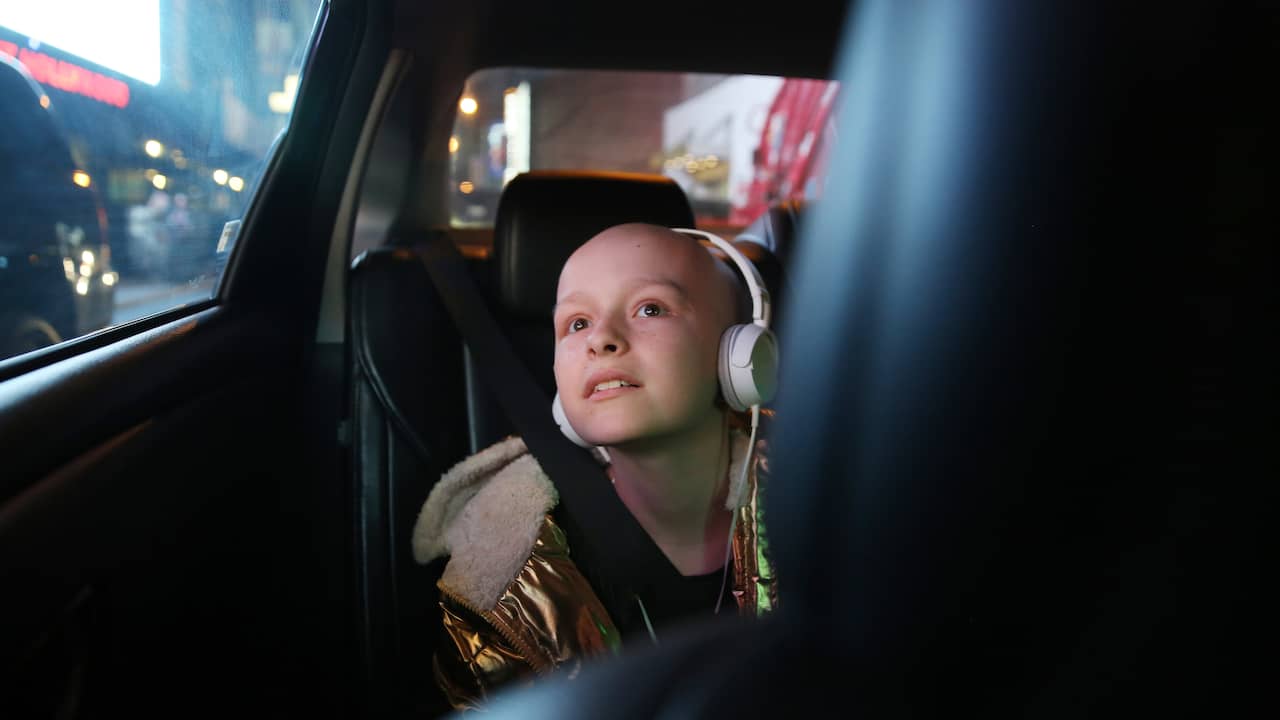The chance that children with cancer survive their disease has risen sharply in the past thirty years. At least 83 percent of children up to the age of 18 are still alive five years after their diagnosis. This is evident from figures from the Dutch Cancer Registry. However, according to the researchers, there is still a long way to go.
The improvement in survival rate is due to developments in the diagnosis and treatment of childhood cancer, it writes Comprehensive Cancer Center Netherlands (IKNL) in a press release. Tumors are better recognized and treatment can be tailored to the type and severity of the tumour.
In the 1990s, 73 percent of children with cancer were still alive after five years. Twenty years later that is 83 percent. At 95 percent, the survival rate is highest for lymph node cancer, retinal cancer and germ cell tumors (cancer of the germ cells).
Nevertheless, according to Henrike Karim-Kos, we are not there yet. She is research leader at the Princess Máxima Center for Pediatric Oncology. “It is encouraging to see that survival of children with cancer is on the rise, but there is still a long way to go.”
Cancer still the most common cause of death in children
Cancer is still the most common cause of death in children. In 2021, sixty children under the age of twenty will die from cancer. Most children die from the most common forms of cancer in the Netherlands: leukemia or a brain tumour.
Childhood cancer is different from adult cancer. Some species are only found in children. The tumors then arise in so-called precursor cells. These are cells that are no longer or hardly present in adults. An example is retinal cancer, where the tumor can only develop if the retina in the eye is still growing.
The care for children with cancer was centralized in 2018 and takes place at the Princess Máxima Center for Pediatric Oncology in Utrecht. This center works together with other ‘shared care centres’ throughout the Netherlands, so that care can be provided closer to home.

